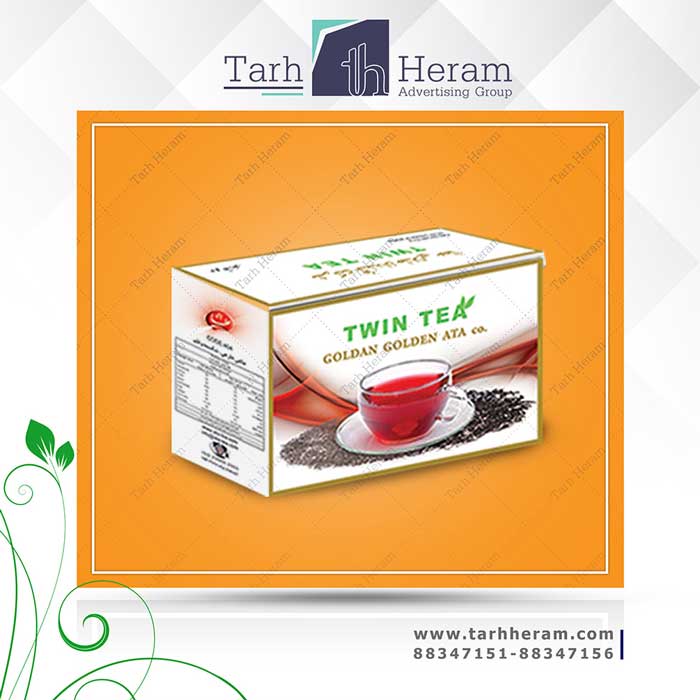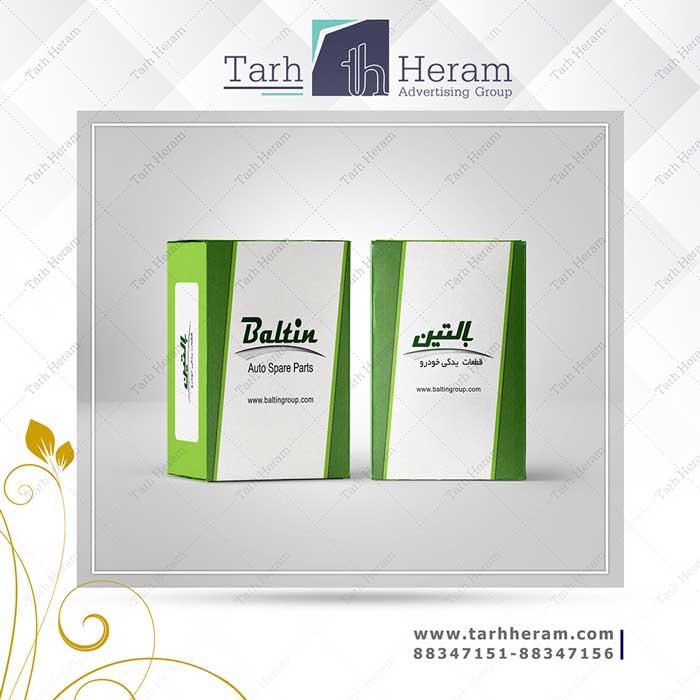box and Packaging
Cardboard box with glue connection
Some carton components are glued together and others are stapled together. Adhesive is important for connecting different parts of the carton. If you do not use the suitable adhesive or precise method of gluing the parts, the strength of the carton and its reliability will be greatly reduced and the likelihood of damage to the accessories in the carton will increase. The best adhesive used for cartons is starch glue.
Use of the appropriate adhesive should have the following justifications:
The price of used adhesive should be reasonable per square meter and this is not necessarily the case with the purchase of cheap raw material.
Based on the time the surfaces are stained with adhesive and bond formation, an adhesives should be chosen to form a relatively strong initial bond between the two surfaces and not break apart before other bonding steps. The adhesive should have a thickness, dry matter and a smooth coefficient of movement and be able to measure it correctly. Other factors are involved in forming a strong bond between the two surfaces, such as the amount of water absorbed by the paper, the moisture capacity of the paper, and the factors associated with the machinery.
Adhesive supplies are essential for the sheet maker. So, in the event of a shortage of raw materials, one must also be sure of the adhesives on the market. The adhesive should be such that it does not cause any problems during operation, in addition to being easily wiped off the surface of the machine and not having abrasive or corrosive feature or does not have unpleasant smell. To see more samples click here.
How to glue adhesive to carton?
1- Sticking the adhesive to the tip of the flute: At this point we transfer the adhesive uniformly without mass and without being thrown by the adhesive cylinder to the tip of the flute.
2. Glue penetration into the flute layer: In the second step, the glue must penetrate as much as 25% of the flute layer thickness. Note that if the adhesive penetration into the paper is less than ideal, it will reduce the resistance of the flute layer and cause damage. If the penetration is greater, the residual amount of adhesive at the tip of the flute is reduced to penetrate the underside.
3 - Paying attention to the connection between the flute layer and the bottom layer: For this purpose, the bottom layer should have some moisture to attach firmly to the tip of the flute during bonding.
4- Adhesive penetration into the bottom layer: If the amount of adhesive penetration in the paper is high, the amount of adhesive left to create adhesion is reduced and a weak bond is formed between the two layers of paper. If the penetration is less, the resistance between the two layers is reduced.
5- Formation of green bond: In starch binders, until they reach the gelatinization temperature, concentration and strength of the adhesive increases with increasing temperature,. This step is called the green link.
6. Final bond transplantation: One of the signs of a transplant being complete is that the water in the paper is excreted by steam.


